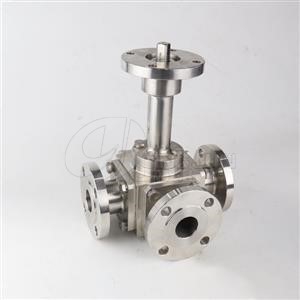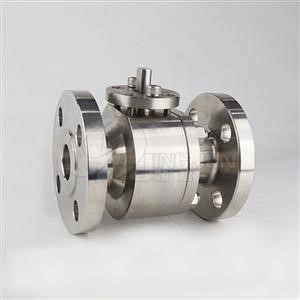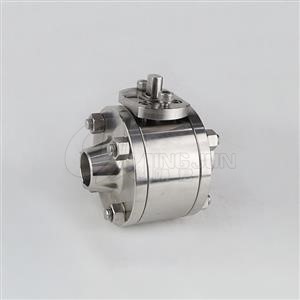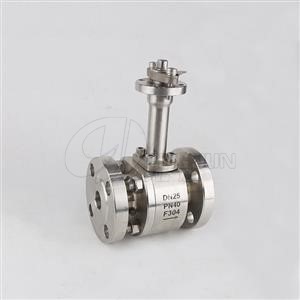Crafted from high - strength forged steel, the valve body (as shown in the image) boasts excellent mechanical properties—high pressure resistance, impact toughness, and structural integrity. Its compact three - way design with flanged connections allows flexible media diversion, mixing, or shut - off in pipelines.
Equipped with a precisely machined ball core and valve seat. The ball core ensures smooth rotation to switch media flow paths, while the forged steel material enhances wear resistance and sealing reliability, suitable for harsh industrial environments.
With three flanged ports, it realizes flexible media diversion (e.g., directing flow from one inlet to two outlets), mixing (combining two inlets into one outlet), or shut - off. Ideal for complex pipeline systems in industries like petroleum, chemical, and natural gas, meeting multi - path flow - control needs.
The forged steel structure enables the valve to withstand high - pressure working conditions (e.g., in petroleum pipelines), ensuring stable operation without leakage or deformation, critical for safety in high - risk industrial processes.
|
Item
|
Details
|
|
Body Material
|
Forged Steel (e.g., A105, F304)
|
|
Nominal Diameter
|
DN15 - DN100 (common industrial sizes)
|
|
Pressure Rating
|
PN16 - PN100 (suits high - pressure systems)
|
|
Temperature Range
|
- 29℃ - 425℃ (varies by material grade)
|
|
Connection Type
|
Flanged Connection (three - way configuration)
|
Widely used in petroleum refining, natural gas transmission pipelines for media diversion, distribution, and pressure regulation. The forged steel’s high - pressure resistance and reliability meet the demanding requirements of these sectors.
Applied in chemical production lines for handling corrosive, high - pressure media (e.g., chemical reagents, solvents), ensuring safe and efficient flow control during mixing, reaction, and transportation processes.
Complies with industrial valve standards (e.g., API 6D, GB/T) for forged steel valves, covering design, manufacturing, and testing to ensure structural safety, sealing performance, and pressure - bearing capacity.
Undergoes strict factory tests: pressure tests (shell and seat tests to verify leakage - free operation under rated pressure), material inspection (forged steel traceability and mechanical property verification), and dimensional checks (ensuring component precision). Manufacturers often hold ISO 9001 certification, guaranteeing consistent quality.





